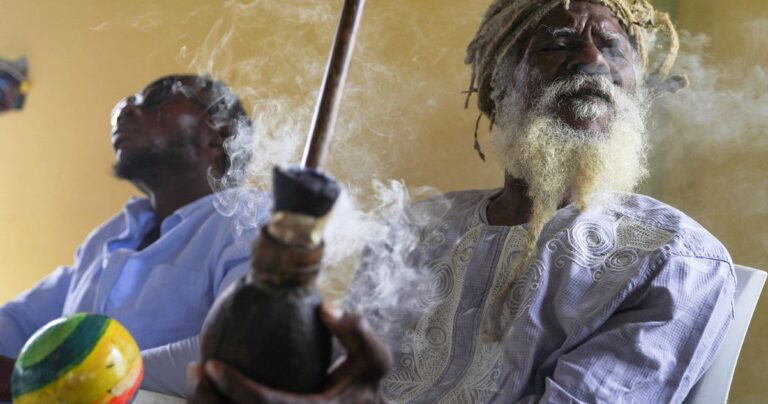Members of the Rastafari religious and political movement have been persecuted and imprisoned for decades for ritual use of marijuana.
However, the small islands of Antigua and Barbuda recently became one of the first Caribbean countries to grant official sacramental sanction to grow and smoke herbs considered sacred to Rastafari.
Antigua and Barbuda Prime Minister Gaston Browne said in an interview with The Associated Press that his government took this step to end persecution and honor the Rastafari faith.
Rastafari in other regions seek similar religious protection. Experts and stakeholders believe the Antigua and Barbuda law could provide a boost to such efforts around the world as public opinion and policy continue to shift in favor of medical and recreational cannabis use. are.
Let's take a quick look at the faith's beliefs and history.
origin
The Rastafari faith has its roots in 1930s Jamaica and grew as a response by black people to white colonial oppression. Their beliefs are a combination of Old Testament teachings and a desire to return to Africa. That message was spread around the world in the 1970s by Jamaican music icons Bob He Marley and Peter Tosh, two of the most famous promoters of this faith.
Rastafari's personal relationship with “ja”, or God, is considered to be central to the faith.
sacramental marijuana
Rastafari believe that the use of marijuana is directed by Bible verses and that the “sacred herb” induces a meditative state and brings them closer to God. Believers smoke it sacramentally in chalice pipes and tobacco called “spliffs,” add it to organic plant-based stews, and place it in the fire as burnt offerings.
But because many of its members are black and use cannabis ritually, they have endured both racial and religious profiling.
Ganja
Ganja, known as marijuana in the Caribbean, has a long history in Jamaica, predating the Rastafari faith. Indentured servants from India brought the cannabis plant to the island in the 19th century, where it became popular as a medicinal herb.
Haile Selassie
Most of its many sects worship the late Ethiopian Emperor Haile Selassie. This is rooted in Jamaican black nationalist leader Marcus Garvey's prophecies in the 1920s that a “black king” would be crowned in Africa and a “day of liberation” would arrive. When an Ethiopian prince named Ras Tafari, who called himself Haile Selassie I, became emperor in 1930, descendants of Jamaican slaves saw it as evidence that Garvey's prophecy was being fulfilled.
When Haile Selassie visited Jamaica in 1966, he was greeted by enthusiastic crowds, and some Rastafari claimed that miracles and other mystical events occurred during his visit to the island.

